Home>Gardening & Outdoor>Outdoor Recreation & Activities>How To Cool Down A Swimming Pool
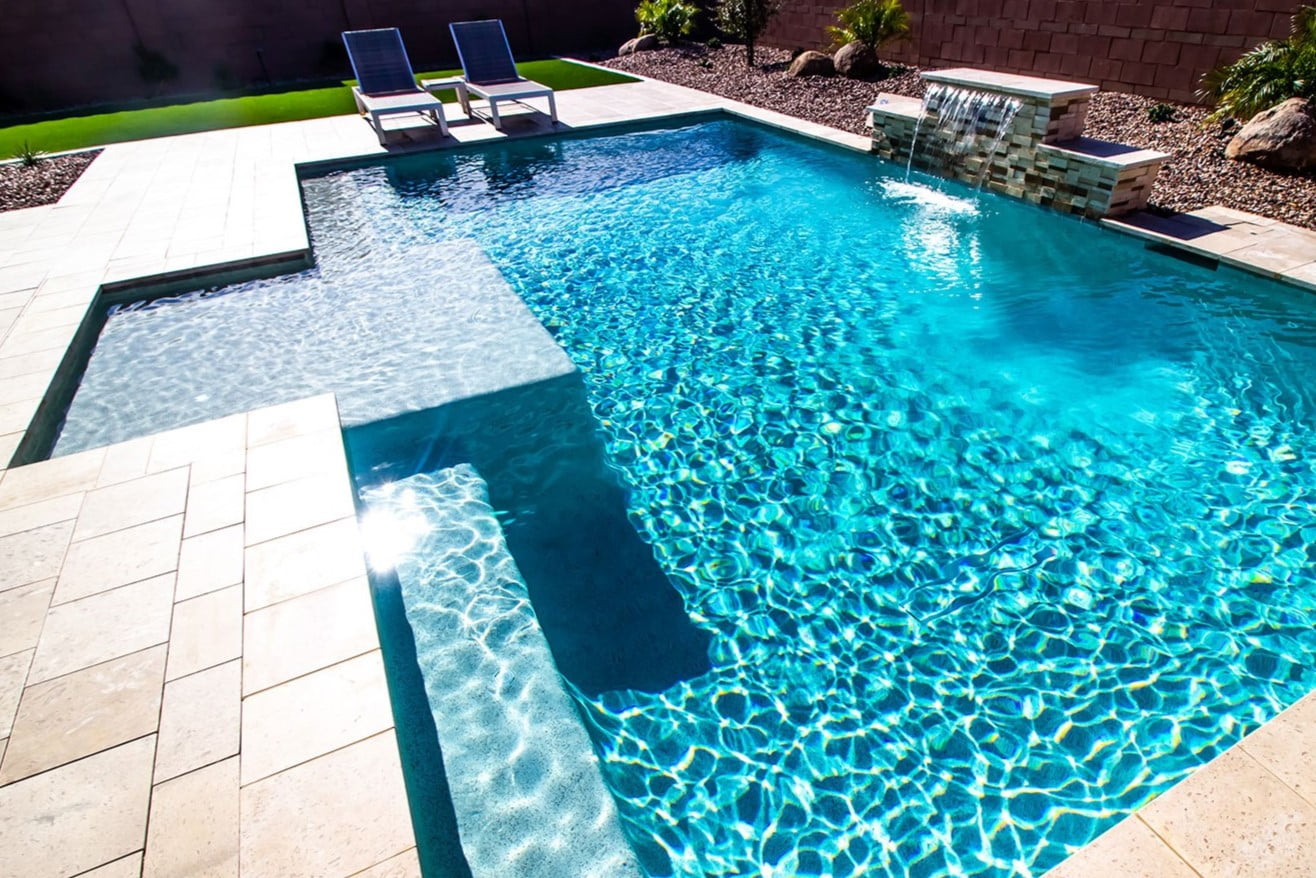

Outdoor Recreation & Activities
How To Cool Down A Swimming Pool
Modified: February 26, 2024
Learn effective ways to cool down your swimming pool in hot weather. Discover outdoor recreation and activities to beat the heat.
(Many of the links in this article redirect to a specific reviewed product. Your purchase of these products through affiliate links helps to generate commission for Storables.com, at no extra cost. Learn more)
Introduction
Maintaining an optimal swimming pool temperature is crucial for ensuring a refreshing and enjoyable aquatic experience. Whether you're seeking relief from scorching summer heat or aiming to create a comfortable environment for leisurely swims, understanding how to cool down a swimming pool is essential. By implementing various strategies and leveraging natural elements, you can effectively lower the water temperature, transforming your pool into a cool oasis.
A combination of factors, including sunlight exposure, ambient air temperature, and the surrounding landscape, can significantly impact the overall temperature of a swimming pool. In this comprehensive guide, we will explore practical and innovative methods to counteract the effects of heat and maintain an inviting pool environment. From utilizing shade and landscaping to incorporating water features and employing advanced pool accessories, we will delve into diverse approaches to effectively cool down a swimming pool.
By gaining insights into the interplay of environmental elements and pool temperature regulation, you can enhance your pool management skills and elevate the overall swimming experience for yourself, your family, and your guests. Let's embark on this journey to discover the art of cooling down a swimming pool, unlocking the potential to create a serene and refreshing aquatic retreat.
Key Takeaways:
- Embrace nature’s cooling power by planting trees, using shade sails, and adding water features to create a refreshing oasis around your swimming pool.
- Optimize your pool’s temperature with solar blankets, fans, and strategic pump adjustments to enjoy a cool and inviting swimming experience while conserving energy.
Read more: How To Remove A Swimming Pool
Understanding the Factors Affecting Pool Temperature
The temperature of a swimming pool is influenced by a myriad of factors, each playing a crucial role in determining the overall warmth or coolness of the water. Understanding these factors is fundamental to effectively managing and regulating the pool's temperature.
Sunlight Exposure
Sunlight is a primary driver of pool temperature. Prolonged exposure to direct sunlight can significantly elevate the water temperature, especially during peak daylight hours. The angle and intensity of the sun's rays impact the extent of heat absorption by the pool water. Consequently, pools situated in sun-drenched areas are more prone to experiencing higher temperatures. Conversely, pools shielded from direct sunlight by natural or artificial shading tend to maintain cooler water temperatures.
Ambient Air Temperature
The surrounding air temperature exerts a direct influence on the pool's thermal dynamics. During hot summer days, the warm air can transfer its heat to the pool water, causing it to gradually rise in temperature. Conversely, cooler ambient air temperatures contribute to maintaining the pool's refreshing coolness. Understanding the correlation between air temperature and water temperature is pivotal in devising effective cooling strategies.
Pool Depth and Volume
The depth and volume of a pool play a pivotal role in temperature regulation. Deeper pools tend to retain cooler temperatures, as the lower layers of water are shielded from the direct impact of external heat sources. Additionally, larger pool volumes exhibit greater thermal inertia, meaning they require more energy to heat up or cool down compared to smaller pools. Understanding the thermal properties of water volume and depth is essential in managing pool temperature.
Read more: How Deep Is A Swimming Pool
Wind and Air Movement
Wind and air movement can facilitate the dissipation of heat from the pool's surface. Breezy conditions promote evaporation, which, in turn, contributes to cooling the pool water. Conversely, stagnant air can impede the natural cooling process, allowing heat to accumulate on the water's surface. Understanding the impact of wind and air movement on pool temperature dynamics is crucial for devising effective cooling strategies.
By comprehensively grasping the multifaceted factors influencing pool temperature, pool owners can make informed decisions and implement targeted measures to achieve and maintain the desired water temperature. This understanding forms the foundation for the strategic application of cooling techniques, ensuring a comfortable and inviting swimming environment.
Using Shade and Landscaping to Cool Down the Pool
Intelligently harnessing the power of shade and landscaping can significantly contribute to cooling down a swimming pool. By strategically incorporating natural elements and architectural features, pool owners can create a cooler and more inviting aquatic oasis. Here are several effective strategies for leveraging shade and landscaping to regulate pool temperature:
Strategic Placement of Trees and Plants
Strategically planting trees and foliage around the pool area can provide natural shade and cooling effects. Deciduous trees, known for their broad leaves that offer ample shade during the hot months, are particularly effective. Additionally, the process of transpiration, where plants release water vapor, can contribute to a cooling effect in the surrounding air. Careful selection and placement of vegetation can create a microclimate that helps maintain lower pool temperatures.
Pergolas and Arbors
Installing pergolas or arbors near the pool area not only enhances the visual appeal but also offers functional shade. These structures can be adorned with climbing plants such as vines or creepers, further augmenting the cooling effect. The interplay of light and shadow created by these architectural elements can help mitigate the impact of direct sunlight, thereby contributing to a cooler pool environment.
Read more: How To Draw A Swimming Pool
Shade Sails and Umbrellas
Strategically positioning shade sails or umbrellas around the pool area provides flexible and adjustable shade solutions. These versatile options allow pool owners to adapt the shading based on the sun's position throughout the day. By providing targeted shade, these accessories help prevent excessive heating of the pool water, ensuring a more comfortable swimming experience.
Hardscaping and Reflective Surfaces
Incorporating hardscaping elements such as light-colored pavers, tiles, or reflective materials around the pool perimeter can help reduce heat absorption. Light-colored surfaces reflect a significant portion of the sunlight, minimizing the transfer of heat to the pool water. This simple yet effective technique contributes to maintaining lower water temperatures, especially in areas with intense sunlight exposure.
Windbreaks and Fencing
Strategic placement of windbreaks, such as fences or hedges, can help mitigate the impact of hot, dry winds on the pool area. By creating a barrier against prevailing winds, these features reduce the rate of evaporation and heat loss from the pool surface. Additionally, they contribute to a more comfortable microclimate around the pool, enhancing the overall cooling effect.
By integrating these shade and landscaping strategies, pool owners can effectively mitigate the impact of external heat sources and create a cooler, more enjoyable swimming environment. The harmonious blend of natural elements and thoughtful design not only enhances the aesthetic appeal of the pool area but also fosters a refreshing and inviting atmosphere for leisure and relaxation.
Installing a Pool Fountain or Water Feature
Introducing a pool fountain or water feature is a captivating and practical approach to cooling down a swimming pool while enhancing its visual allure. These aquatic embellishments not only elevate the aesthetic appeal of the pool area but also play a pivotal role in regulating water temperature through a process known as evaporative cooling.
Read more: How Long Is A Swimming Pool
Fountain and Aeration Systems
Installing a fountain in the pool introduces aeration, where water is circulated and exposed to the surrounding air. As the fountain propels water into the air, it breaks the water's surface tension, facilitating increased evaporation. This evaporation process effectively dissipates heat from the water, resulting in a noticeable cooling effect. Additionally, the gentle sound of cascading water adds a serene ambiance to the pool environment, creating a tranquil and inviting atmosphere for swimmers and onlookers alike.
Waterfalls and Cascades
Incorporating a waterfall or cascade feature not only adds a touch of natural elegance to the pool but also contributes to cooling the water. As water flows over the cascading structure, it is aerated and exposed to the ambient air, promoting evaporation and heat dissipation. The mesmerizing sight and soothing sound of flowing water further enhance the sensory experience, transforming the pool area into a serene retreat.
Misters and Foggers
Integrating misters or foggers around the pool perimeter introduces fine water droplets into the air, creating a refreshing mist that envelops the surroundings. This micro-mist not only cools the air but also contributes to the cooling of the pool water through indirect evaporation. The gentle mist creates a refreshing microclimate, offering respite from the heat and adding a touch of luxury to the pool environment.
Decorative Water Features
Beyond their cooling properties, decorative water features such as spouts, jets, and bubblers serve as captivating focal points within the pool. These features introduce aeration and water movement, enhancing the overall circulation and promoting evaporation. The dynamic interplay of water and air not only contributes to cooling the pool but also infuses the aquatic setting with a sense of dynamism and elegance.
By integrating a pool fountain or water feature, pool owners can effectively lower the water temperature while elevating the visual and sensory appeal of the pool environment. These enhancements create a harmonious blend of functionality and aesthetics, offering a refreshing and captivating aquatic retreat for leisure and relaxation.
Read more: How To Paint A Swimming Pool
Using Pool Covers and Solar Blankets
Pool covers and solar blankets are indispensable tools for regulating pool temperature and minimizing heat loss. These innovative accessories offer a multifaceted approach to maintaining optimal water temperature while conserving energy and reducing operational costs.
Thermal Insulation and Heat Retention
Pool covers and solar blankets act as effective thermal insulators, forming a barrier that minimizes heat loss from the pool water. By covering the pool when it is not in use, these protective layers prevent the dissipation of warmth, especially during cooler evenings or windy conditions. This insulation helps retain the accumulated solar heat, ensuring that the pool water remains comfortably warm, even during periods of lower ambient temperatures.
Solar Heating and Evaporative Reduction
Solar blankets, specifically designed to harness the sun's energy, facilitate passive solar heating of the pool water. These blankets are constructed with specialized materials that absorb and retain solar radiation, gradually transferring the heat to the underlying water. Additionally, pool covers and solar blankets significantly reduce evaporation, a key factor in heat loss from the pool. By minimizing evaporation, these accessories help preserve the pool's warmth and reduce the frequency of refilling to maintain the water level.
Energy Efficiency and Cost Savings
The use of pool covers and solar blankets contributes to enhanced energy efficiency, as they reduce the reliance on active heating systems to maintain the desired water temperature. By harnessing solar energy and minimizing heat loss, pool owners can decrease the operational hours and energy consumption of pool heaters, leading to substantial cost savings over time. This eco-friendly approach aligns with sustainable pool management practices, promoting energy conservation and environmental responsibility.
Read more: How To Design A Swimming Pool
Versatility and Convenience
Pool covers and solar blankets are available in various designs and configurations, catering to different pool shapes and sizes. Their versatility allows for easy installation and removal, providing convenient access to the pool while offering uncompromising thermal protection. Additionally, the lightweight and durable nature of these accessories ensures hassle-free maintenance and long-term usability, making them indispensable assets for pool temperature regulation.
By incorporating pool covers and solar blankets into pool management practices, owners can effectively maintain the desired water temperature, minimize heat loss, and optimize energy efficiency. These versatile accessories offer a practical and sustainable solution for enhancing the overall swimming experience while promoting responsible resource utilization.
Utilizing Fans and Misters
Utilizing fans and misters presents an innovative and efficient approach to cooling down a swimming pool, creating a comfortable and refreshing environment for swimmers and onlookers. These dynamic cooling solutions harness the principles of air movement and evaporative cooling to counteract the effects of heat and enhance the overall pool experience.
High-Performance Fans
Integrating high-performance fans in the pool area introduces a powerful mechanism for air circulation and cooling. These fans are strategically positioned to create a gentle breeze that promotes evaporation from the pool's surface, effectively dissipating heat and lowering the ambient air temperature. The continuous airflow generated by these fans not only contributes to cooling the pool water but also creates a comfortable and inviting atmosphere for leisure and relaxation.
Misting Systems
Misting systems, comprising fine water nozzles strategically positioned around the pool perimeter, emit a refreshing mist that envelops the surroundings. As the mist interacts with the ambient air, it facilitates evaporative cooling, effectively reducing the perceived temperature and creating a pleasant microclimate. The gentle mist not only cools the air but also contributes to lowering the pool water temperature through indirect evaporation, offering respite from the heat and enhancing the overall pool environment.
Read more: How To Clean A Swimming Pool
Synergistic Cooling Effects
When combined, fans and misters create a synergistic cooling effect that maximizes the dissipation of heat from both the air and the pool water. The gentle breeze generated by the fans enhances the evaporation process initiated by the misting system, resulting in a comprehensive cooling experience. This combined approach not only ensures a comfortable and refreshing pool environment but also fosters a sense of tranquility and well-being, elevating the overall swimming experience.
Energy-Efficient Solutions
Modern fans and misting systems are designed with energy efficiency in mind, offering sustainable cooling solutions that minimize power consumption. By leveraging advanced technologies and optimized designs, these systems deliver exceptional cooling performance while conserving energy, aligning with eco-friendly pool management practices. The integration of energy-efficient fans and misters not only enhances the pool environment but also promotes responsible resource utilization and environmental sustainability.
Incorporating fans and misters into pool management strategies offers a dynamic and effective approach to cooling down a swimming pool. These innovative solutions not only lower the water and air temperatures but also create a serene and inviting atmosphere, enriching the overall aquatic experience for swimmers and spectators alike.
Adjusting the Pool Pump and Filtration System
The pool pump and filtration system play a pivotal role in maintaining water quality and temperature regulation. By strategically adjusting the operation of these essential components, pool owners can effectively contribute to cooling down the swimming pool while optimizing energy efficiency and water circulation.
Variable Speed Pump Settings
Modern variable speed pool pumps offer customizable speed settings that allow for precise control over water circulation and energy consumption. By adjusting the pump speed, pool owners can modulate the rate of water flow, optimizing the cooling effect while minimizing power usage. During periods when lower water temperatures are desired, such as hot summer days, running the pump at a lower speed reduces the friction and heat generated, contributing to a cooler pool environment. This strategic adjustment not only promotes energy efficiency but also enhances the overall swimming experience by maintaining a refreshing water temperature.
Read more: How To Tile A Swimming Pool
Nighttime Circulation
Utilizing the pool pump during the cooler nighttime hours can facilitate the dissipation of accumulated heat from the water. By running the pump during the evening or early morning, pool owners can take advantage of the lower ambient temperatures to promote natural cooling. This nocturnal circulation helps prevent the water from retaining excessive heat, ensuring that the pool remains comfortably cool for the following day. Additionally, nighttime operation of the pump supports efficient water filtration and chemical distribution, contributing to overall water quality and clarity.
Filtration Schedule Optimization
Adjusting the filtration schedule to coincide with periods of intense sunlight and high ambient temperatures is crucial for managing pool temperature. By increasing the frequency and duration of filtration during peak heat hours, pool owners can effectively mitigate the impact of solar radiation on the water temperature. This proactive approach ensures that the pool water remains clear and free from heat-induced imbalances, contributing to a consistently refreshing swimming environment. Additionally, optimizing the filtration schedule supports the removal of debris and organic matter that can contribute to heat retention, further enhancing the cooling effect.
Circulation Pattern Management
Strategically managing the circulation pattern of the pool water through the filtration system can significantly impact temperature regulation. By directing the flow of water to areas with higher sun exposure, such as the shallow end, and minimizing circulation in shaded regions, pool owners can effectively counteract localized heating. This targeted circulation management helps distribute the cooling effects of the filtration system, ensuring uniform water temperature throughout the pool. Additionally, adjusting the circulation pattern promotes efficient mixing of the water, preventing stratification and maintaining consistent thermal equilibrium.
By implementing these strategic adjustments to the pool pump and filtration system, pool owners can actively contribute to cooling down the swimming pool while optimizing energy efficiency and water quality. This proactive approach not only enhances the overall swimming experience but also fosters responsible pool management practices, ensuring a refreshing and inviting aquatic environment for leisure and relaxation.
Conclusion
In conclusion, mastering the art of cooling down a swimming pool involves a multifaceted approach that integrates natural elements, innovative technologies, and strategic operational adjustments. By comprehensively understanding the factors influencing pool temperature, pool owners can devise targeted strategies to create and maintain a refreshing and inviting aquatic environment.
The interplay of sunlight exposure, ambient air temperature, pool depth, and wind dynamics underscores the complexity of pool temperature regulation. Leveraging shade and landscaping techniques, such as strategic tree planting, pergolas, and reflective surfaces, offers effective means of mitigating the impact of direct sunlight and creating a cooler microclimate around the pool.
Introducing water features, including fountains, waterfalls, and misting systems, not only enhances the visual appeal of the pool but also facilitates evaporative cooling, contributing to lower water and air temperatures. Additionally, the utilization of pool covers, solar blankets, high-performance fans, and misters presents innovative and energy-efficient approaches to maintaining optimal pool temperature while minimizing heat loss.
Strategic adjustments to the pool pump and filtration system, such as variable speed settings, nighttime circulation, and optimized filtration schedules, further contribute to temperature regulation and energy efficiency. By harnessing these diverse strategies in a synergistic manner, pool owners can create a harmonious and refreshing aquatic retreat that caters to the needs of swimmers and spectators alike.
Ultimately, the pursuit of cooling down a swimming pool transcends mere temperature management; it embodies the art of creating a serene and inviting space where individuals can escape the heat, unwind, and indulge in the pleasures of aquatic leisure. By embracing the principles of environmental stewardship, energy conservation, and innovative design, pool owners can elevate the overall swimming experience, fostering a sense of tranquility and well-being within the aquatic oasis.
In essence, the journey to cool down a swimming pool is a testament to the fusion of creativity, practicality, and environmental mindfulness. By embracing these principles, pool owners can transform their pools into captivating and refreshing havens, where the allure of cool, crystal-clear waters beckons both body and soul.
Frequently Asked Questions about How To Cool Down A Swimming Pool
Was this page helpful?
At Storables.com, we guarantee accurate and reliable information. Our content, validated by Expert Board Contributors, is crafted following stringent Editorial Policies. We're committed to providing you with well-researched, expert-backed insights for all your informational needs.


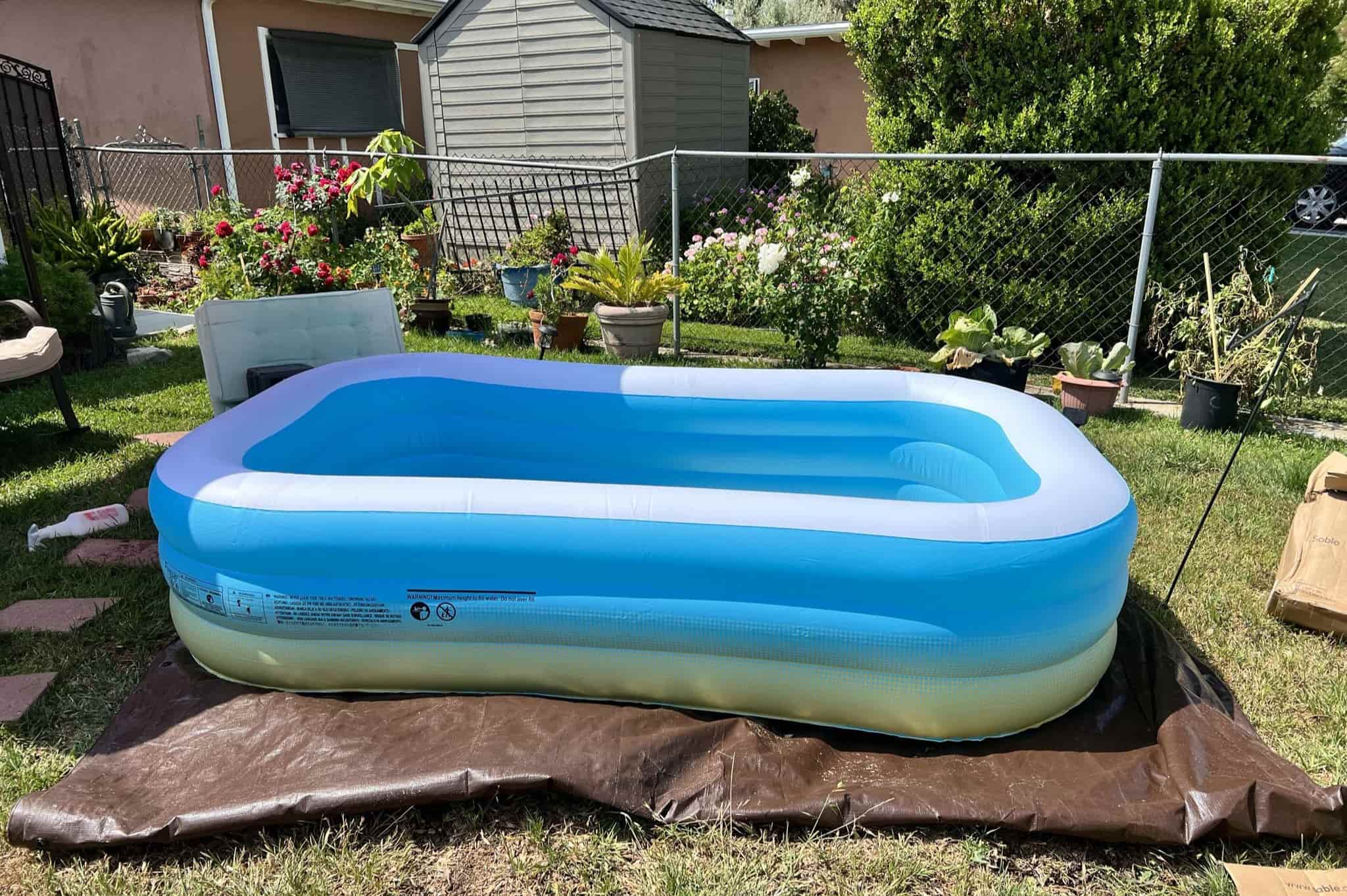
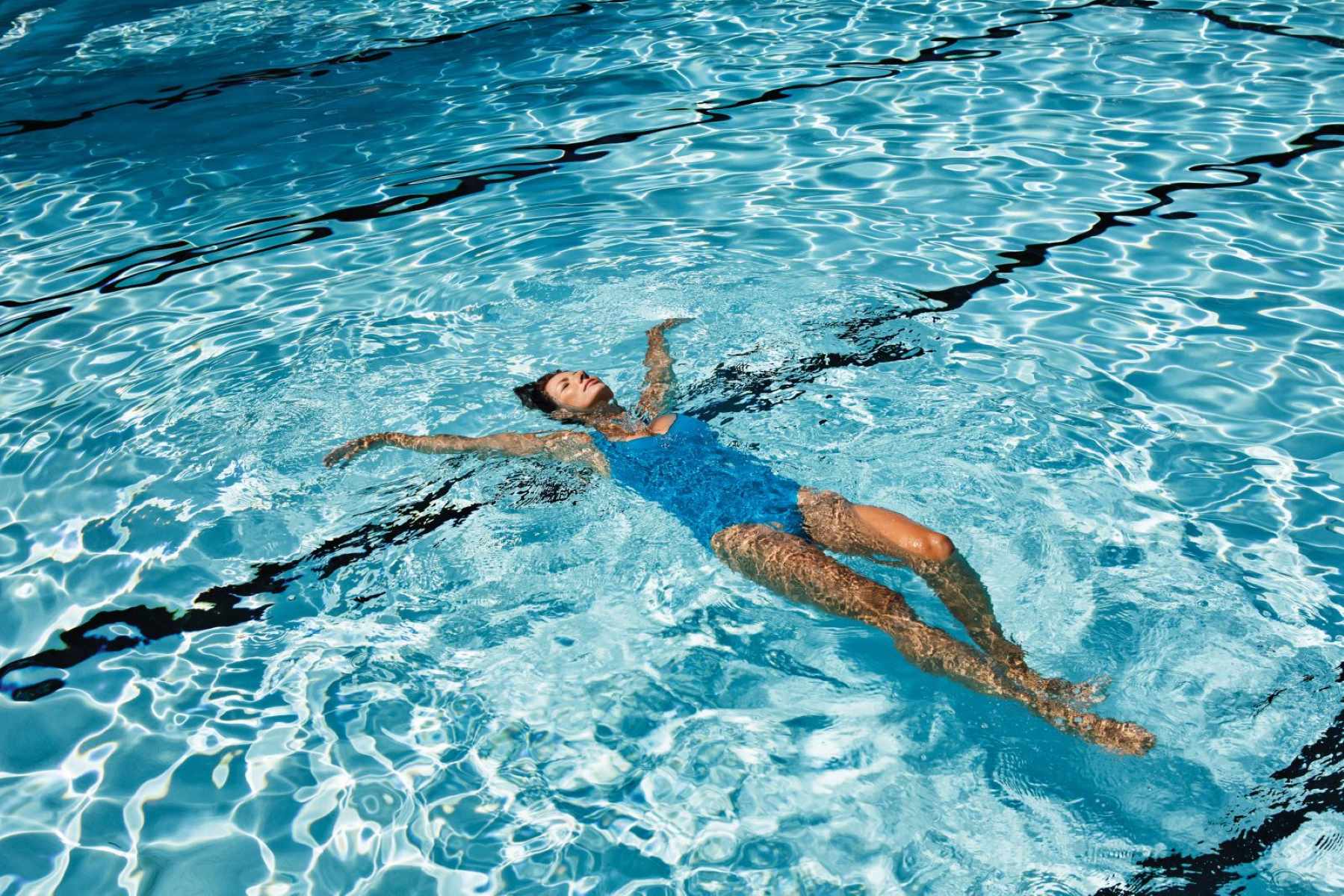
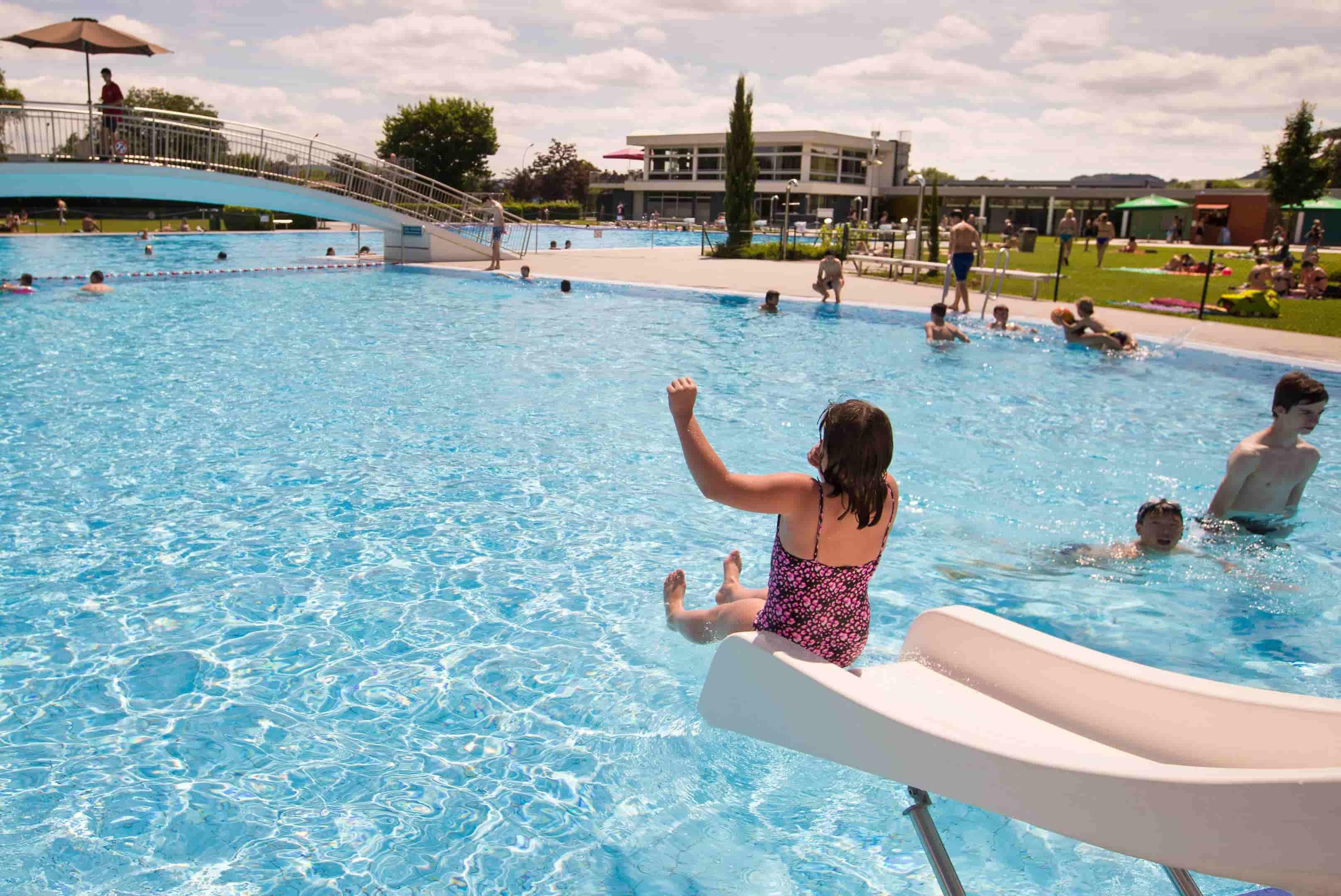
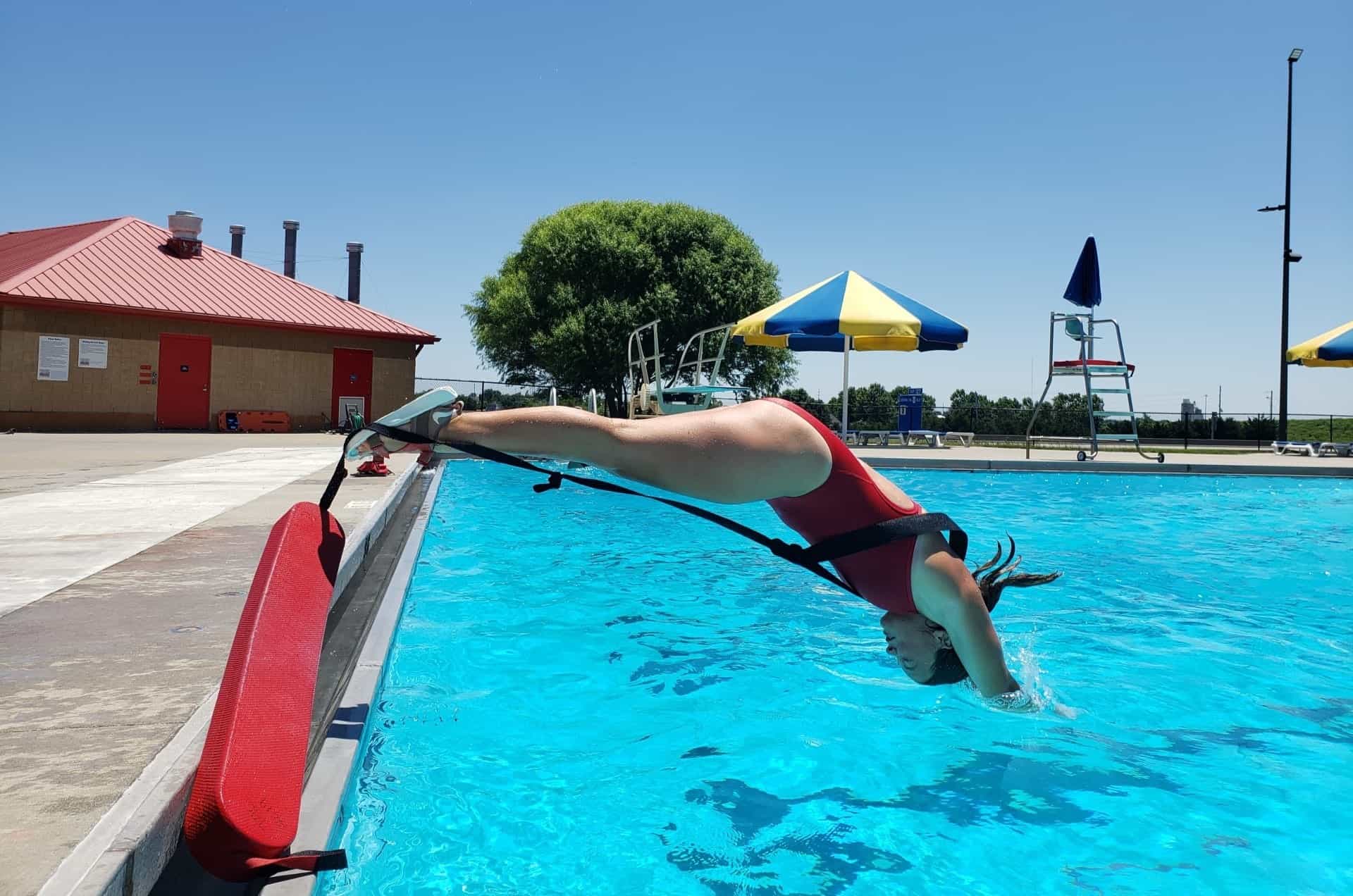
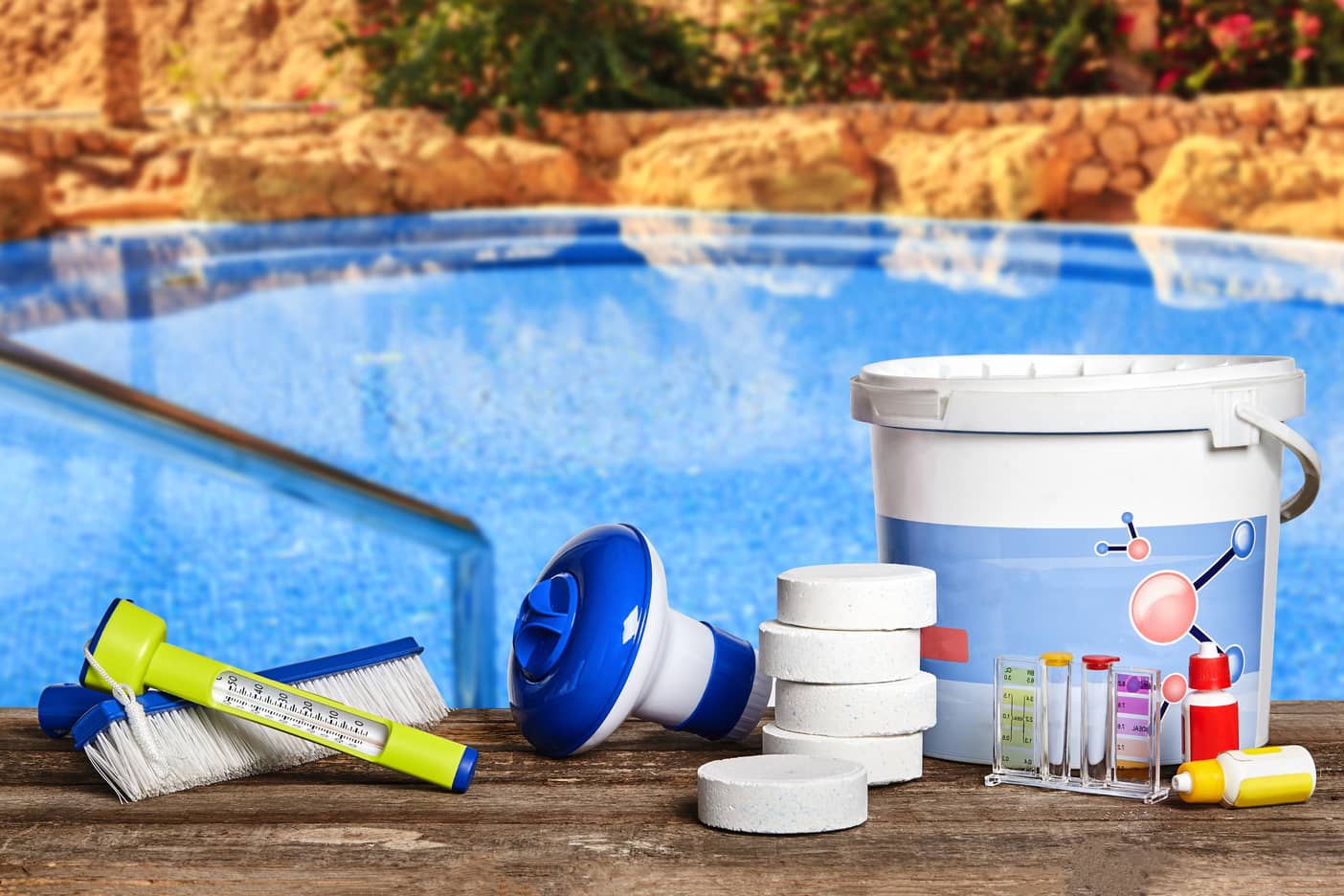
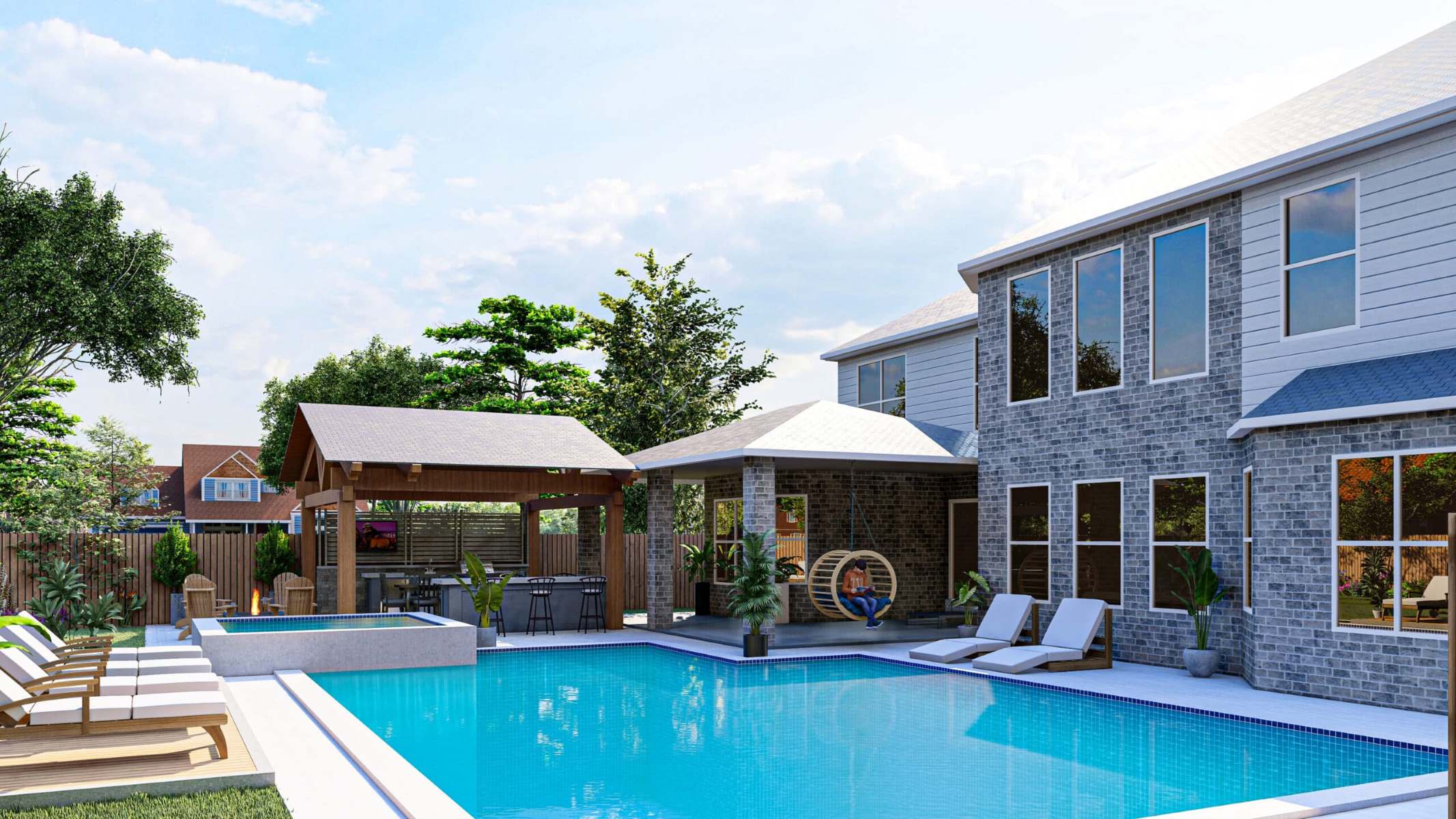

0 thoughts on “How To Cool Down A Swimming Pool”